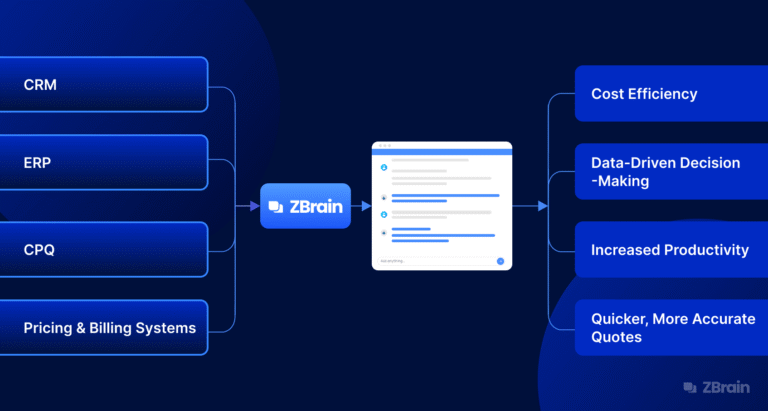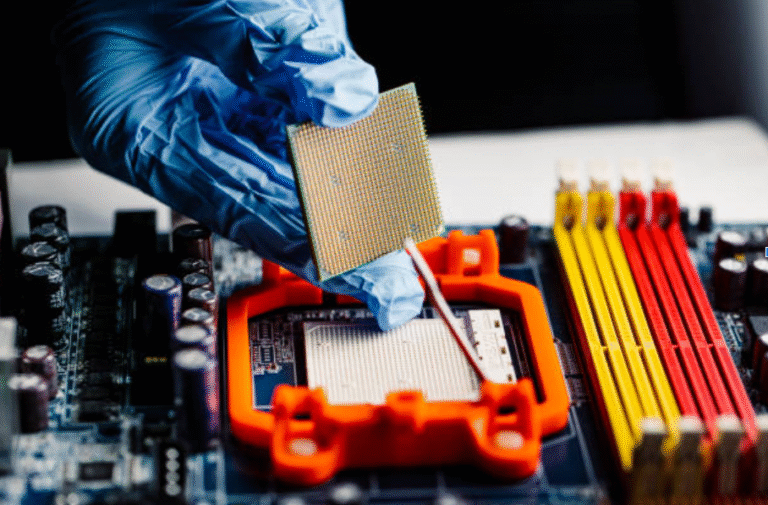Advanced Techniques You Can Learn in Animation Courses
Animation is more than just drawing frames, it’s about breathing life into characters, crafting immersive worlds, and mastering storytelling through motion. If you’re pursuing a career in animation courses in Fort Lauderdale, you’ll gain access to industry-relevant skills that go far beyond the basics. Advanced techniques covered in these programs can elevate your craft and prepare you for competitive roles in studios, gaming, advertising, and film.
Mastering Timing, Pacing, and Movement
One of the essential skills covered in advanced animation training is the mastery of timing and pacing. These elements dictate how believable and emotionally resonant your animations feel. Understanding the subtle rhythm of motion, like how a character pauses before jumping or the timing of facial expressions, can make your work significantly more engaging.
In programs such as animation courses, instructors teach advanced techniques including spacing, overlap, and secondary motion. These components ensure that animations flow naturally and avoid stiff, robotic movements. Realism comes from understanding how weight, balance, and follow-through contribute to lifelike action.
Courses also explore sophisticated use of the graph editor, allowing animators to fine-tune curves and manipulate easing for refined movement transitions.
Exploring Rigging, Dynamics, and Advanced Effects
Rigging is another high-level skill often taught in specialized programs. It involves creating the digital skeleton and controls that allow characters or objects to move. Proper rigging leads to cleaner animations and enables animators to focus more on performance than technical limitations.
Those aiming for opportunities such as an internship at Pixar Animation Studios benefit from a deeper understanding of character rigs, blend shapes, and constraints. Projects and training simulations often mirror real-world studio tasks, giving students experience in handling complex pipelines.
Advanced courses also include dynamic simulations such as hair, cloth, and particle effects. These add realism and flair to your projects, especially when creating atmospheric scenes or fast-paced sequences.
Polishing with Cinematic and Narrative Techniques
Beyond movement and mechanics, animation courses focus heavily on narrative. Cinematic techniques such as camera angles, framing, lighting, and storyboarding are integrated into the learning process. These elements help animators understand how to guide the viewer’s attention, build emotion, and support the storyline visually.
An investment in professional animation learning goes beyond technical knowledge, it sharpens your storytelling and visual composition skills. Courses encourage students to analyze film sequences, develop compelling characters, and understand how motion supports narrative arcs.
Collaboration and feedback are also emphasized, mimicking a professional studio setting where animators work closely with directors, editors, and sound designers.
Conclusion
Enrolling in animation courses equips students with more than just foundational techniques, it builds a comprehensive skill set needed to succeed in today’s competitive creative industries. From advanced motion design and rigging to storytelling and dynamics, these programs help animators bridge the gap between amateur work and professional-level production. As studios increasingly seek artists who can blend creativity with technical proficiency, mastering these advanced techniques opens doors to rewarding and impactful careers in animation. Whether you’re dreaming of working on feature films, games, or commercials, these skills will shape your future in animation.






